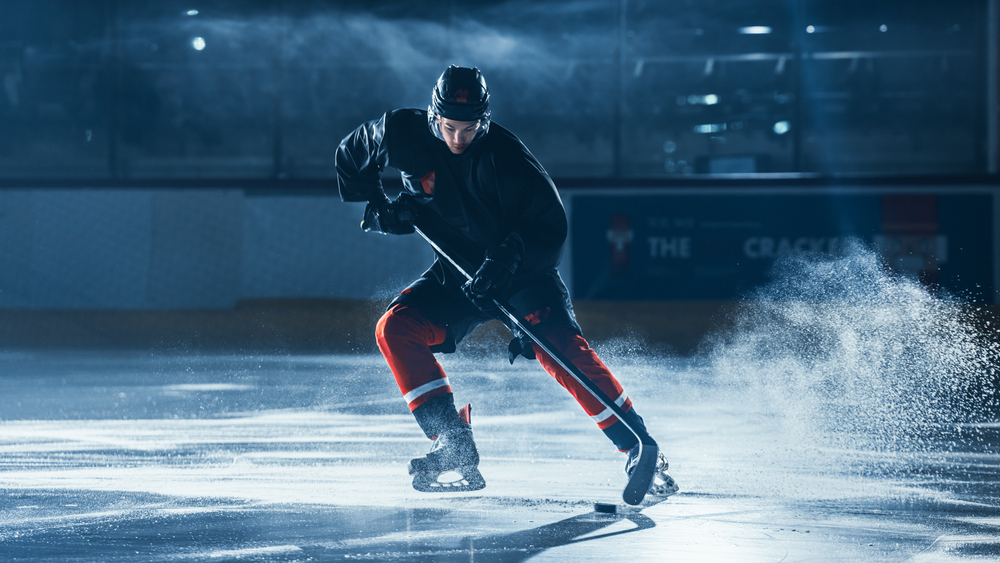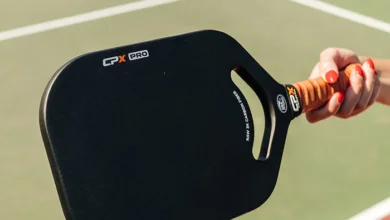The Evolution of Ice Hockey Skates: From Classic Leather to Modern Tech

Skating Through Time: A Quick Look Back
Ice hockey has changed a lot over the years. From outdoor rinks to NHL arenas, the sport has evolved. So have the tools of the game. One of the most important? Skates.
Early ice hockey skates were simple. Leather boots with blades tacked on the bottom. They were stiff, heavy, and hard to break in. Yet, players back then made them work. They had no choice. Today, things are different. Much different.
From Leather Boots to Speed Machines
The Original Build
In the early 1900s, skates were built for survival. They were made from thick leather with steel blades riveted to the soles. Players often used laces and leather straps to secure them. These skates were durable, but not very comfortable.
Blades were also flat. There was no curve or hollow. Skaters had to work harder to turn or stop. Control was limited. And the weight? Far more than what today’s players would tolerate.
A Step Toward Improvement
By the 1950s, skate designs slowly improved. Manufacturers began shaping boots for better ankle support. Blades were refined too. The idea of sharpening skates with a hollow groove started catching on. That small change made a big difference in grip and maneuverability.
Still, most ice hockey skates were stiff and painful to wear. Breaking them in often meant blisters and sore feet for weeks.
The 1970s to 1990s: Birth of the Modern Skate
Performance Meets Comfort
During this era, companies started taking comfort seriously. Padding inside the boot became standard. Foam liners and better materials helped skates feel softer and fit better. This was a game changer for younger and recreational players.
Blade holders also became separate from the boot. This made it easier to replace blades without buying a whole new pair of skates.
Innovations That Stuck
In the 1990s, plastic and nylon started replacing leather in skate construction. This made skates lighter. It also made them more water-resistant, which helped keep their shape over time.
Big brands like Bauer, CCM, and Easton introduced signature lines focused on speed, agility, and protection. As a result, ice hockey skates became more than just gear — they became performance tools.
The Rise of High-Tech Materials
Carbon and Composite
Today, most elite-level skates are made using composite materials. Carbon fiber is a favorite. It’s lightweight, strong, and durable. It also allows manufacturers to mold skates into a more anatomical shape. This gives a better fit and helps transfer power more efficiently.
With these modern materials, skates now feel like an extension of the body. Players can cut, turn, and stop with less effort. They can also accelerate faster than ever.
Advanced Blade Tech
Blades have evolved too. High-end models feature stainless steel or coated runners that hold an edge longer. Some even allow for custom profiling. This means skaters can choose how much bite or glide they want based on their position or playing style.
These improvements have turned modern ice hockey skates into finely tuned machines. Every detail counts — from the curve of the blade to the angle of the boot.
The Custom Revolution
Fit Like a Glove
Customization is the latest frontier. Many skate brands now offer heat-moldable boots. This allows players to shape the skates to their feet using heat ovens or hairdryers. The result? Less break-in time and fewer pressure points.
Even more impressive, brands like True and Bauer now offer fully custom skates. These are built using 3D scans of your feet. They’re handcrafted to fit you and only you. That kind of fit wasn’t even a dream 30 years ago.
Data Meets Design
Tech is also playing a bigger role. Some newer skates are designed using motion capture and biomechanics studies. Engineers look at how players move and design skates to improve efficiency. It’s not just about going faster. It’s about skating smarter.
These innovations help skaters reach their peak — all while reducing the risk of injury.
Where Ice Hockey Skates Are Headed Next
Smarter Skates
What’s next? Smart skates. Companies are already testing embedded chips that track skating data. Imagine reviewing your stride length, edge control, or acceleration on an app. That future is near.
This technology could be used by players and coaches alike to fine-tune performance. It could also help in injury prevention by spotting issues in movement patterns early.
Sustainability and Design
Sustainability is also becoming more important. Brands are experimenting with recyclable materials and reducing waste during manufacturing. In 2025 and beyond, expect to see more eco-friendly options hitting the shelves.
Design will likely continue to improve, blending fashion with function. Players today not only want performance — they want to look good while delivering it.
Final Thoughts: Evolution with Purpose
The evolution of ice hockey skates shows how far the sport has come. From heavy leather boots to sleek carbon-fiber models, each change has served a purpose. To improve comfort. To enhance performance. To protect the player.
But more importantly, skates continue to evolve alongside the athletes who wear them. Whether you’re a kid learning to skate or a pro chasing a championship, today’s skates are built to help you perform your best.
So the next time you lace up, remember — you’re stepping into a piece of history. And the future.




